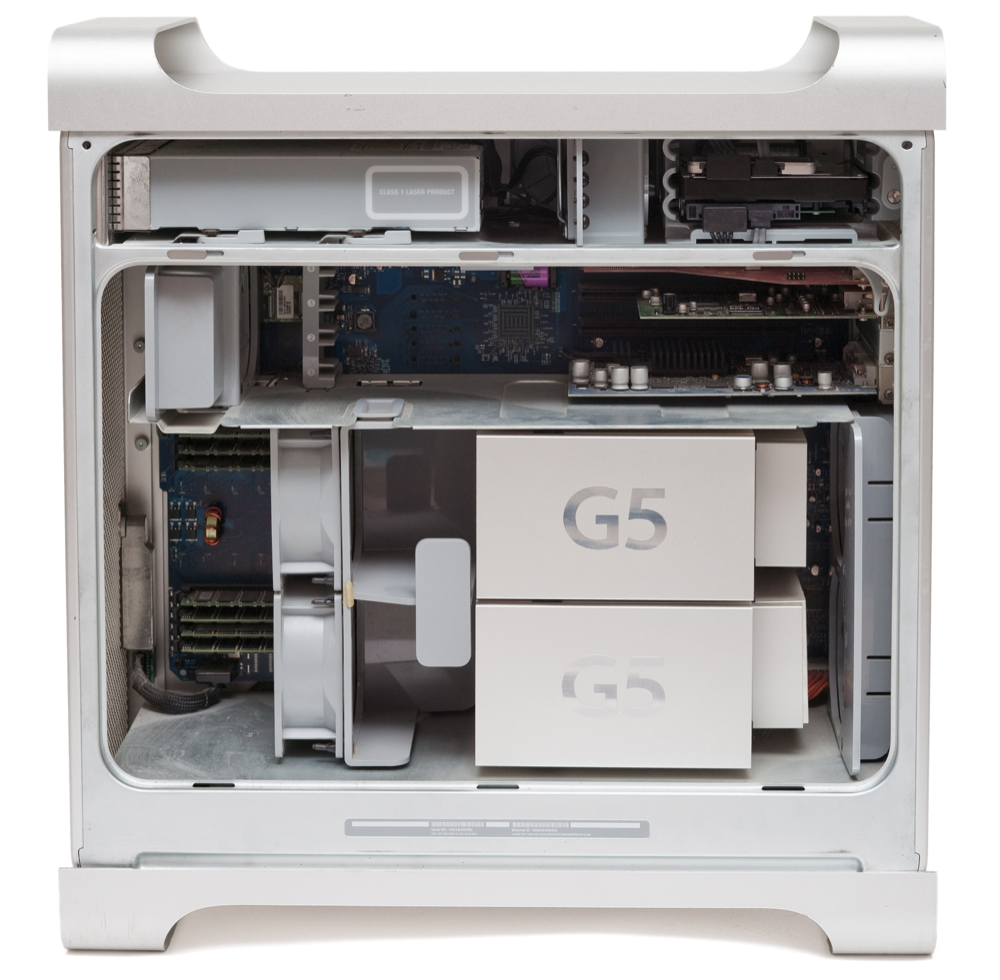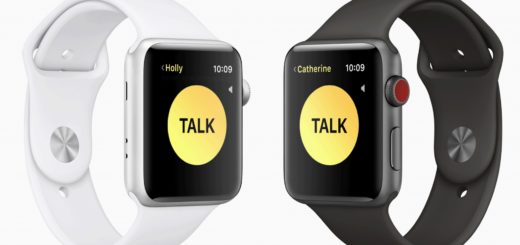On the unbearable brightness of being Apple Silicon

Apple silicon: It’s not like it used to be…
Apple and TSMC are already discussing the next big leap in processor design – a move to use 2-nanometer chips, perhaps as soon as 2026, says Ming-Chi Kuo.
Faster iPhones, faster Macs
Now, I’m not about to carve that date in stone. The move to 3nm was originally speculated to take place a year or two before it actually did and in tech dates slip. That’s because making these things is hard. And it’s not really a huge surprise Apple seeks to continue to optimize its processors, we know it is on a really long term journey in chip design with Apple Silicon and I don’t think it intends to give competing entities a break. The company never wants to lose the processor wars again and continues to build up its lead.
“Apple and Nvidia will likely use 2nm technology to produce iPhone processors and B100’s next-generation AI chips, respectively, as early as 2026,” he wrote.
“As these two potential 2nm clients also invest in ARM, TSMC’s investment in ARM will be beneficial to strengthening cooperation with Apple and Nvidia and securing 2nm orders.”
Apple will continue to innovate within 3nm processors for at least three iterations before it climbs the 2nm train.
What makes it worth it?
For Apple, the silicon journey is valuable because it is enabling the company to create increasingly powerful devices within which it can explore new technologies and opportunities, such as machine learning or vision recognition and more.
Take the A17 Pro chip in the iPhone Pro/Pro Max. This is already 20% more performant than the A16 Bionic it replaces, and that capability is being used to deliver brand new and powerful features, including hardware-accelerated ray tracing. Of course, as those chips come to the Mac in 2024 you can anticipate yet more vaults in performance and battery life on those machines.
But what really matters here is the cadence.
Think about it….
We’re right at the beginning of innovation in 3nm chips, and Apple is already preparing the ground for a new direction in which pro products skip ahead of others in the range.
The iPhone 15 uses a boosted version of last year’s chip, while the Pro range get the 3nm A17. Both deliver performance boosts in contrast to last year’s processor – and next year’s still 3nm chip will bring boosts in comparison to those.
As will subsequent iterations around these designs.
Think about how Apple has consistently delivered 10-20% performance boosts on each chip iteration, multiply (if that’s the right word) that by the upcoming three iterations, and then throw in expectation of the 2nm chips, and it should be clear that within the next three years or so the performance you can expect from Apple Silicon may double, or more.
That means the Mac or iPhone you pick up in a couple of year’s time will be at least twice as powerful as the one you buy today. What will you do with that power?
Why will anyone choose anything else?
That’s not a release cadence, people, on the Mac it’s a miracle.
And with all the lessons Apple’s learned so far in terms of squeezing good performance out of less performant chips (thank you PowerPC), it should be pretty clear that the cumulative benefits of the drive to Apple Silicon support the thesis that Mac (and iPhone) are absolutely on course to become not just the computers people want to use, but the ones they really need to use.
Because no one else will come close. As a long term Apple device person, I’m really pretty stoked about that. I think it justifies a very Apple-centric approach.
Please follow me on Mastodon, or join me in the AppleHolic’s bar & grill and Apple Discussions groups on MeWe.




